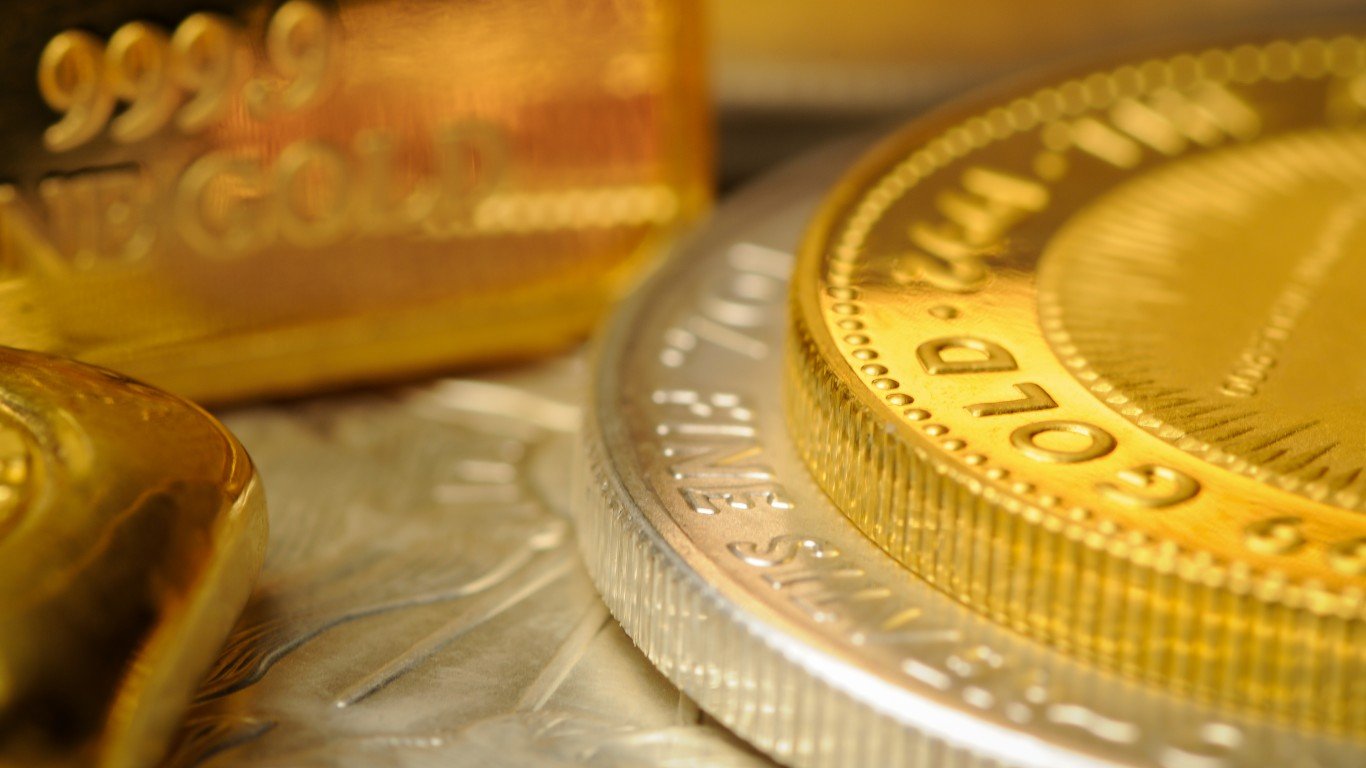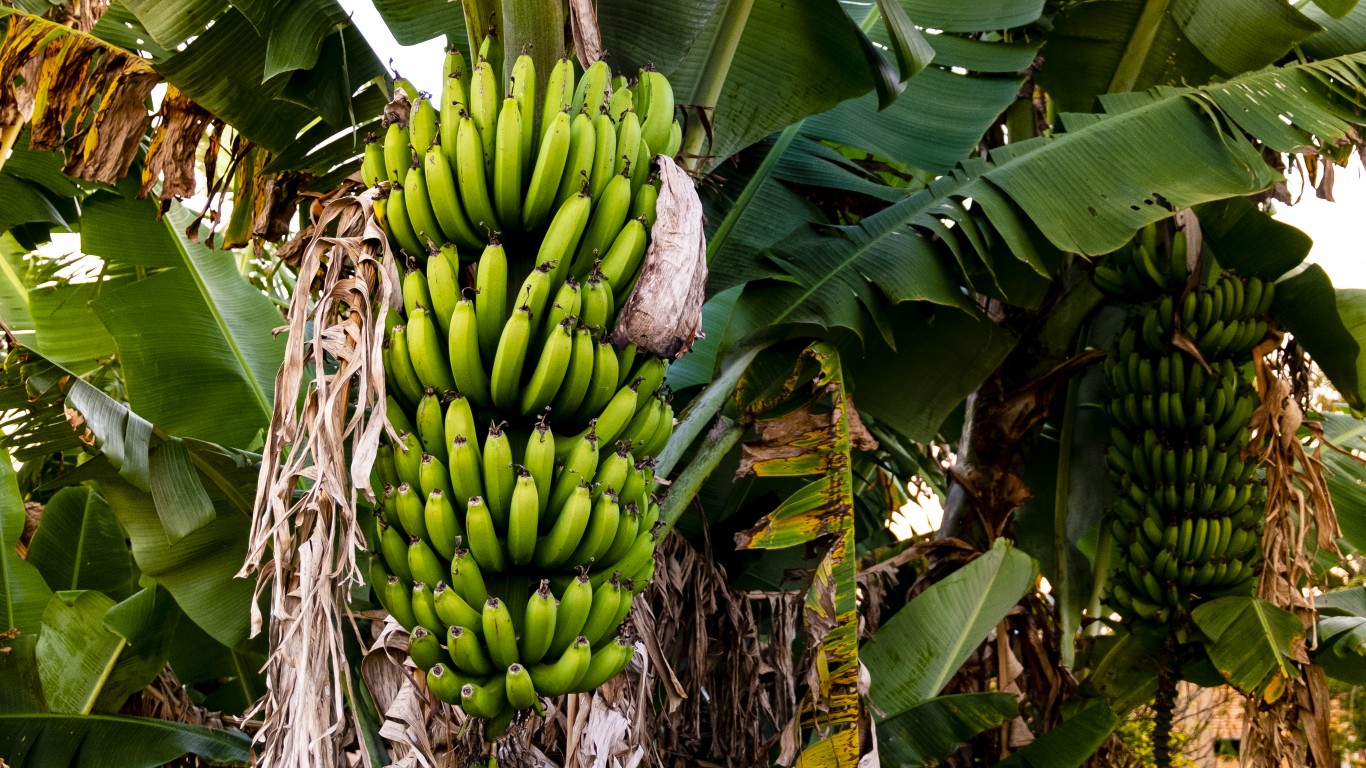

Gold traded up as much as 2.8% early Monday morning at $1,948.70 an ounce, solidly above a $1,900 ceiling last visited in early November. The move higher has been attributed to investors’ concerns over the continuing pandemic and weak government efforts to control it.
In 2020, gold added about 25% to its price, or about $380 an ounce. While that was more than double the 11.5% improvement in platinum prices, it was just over half the 47.8% gain in silver prices.
A good deal of the run-up in silver prices came in December, when the price added about 20 points to its final tally for the year. With a year-end price of $26.44 per ounce, at least one heavily followed investment firm, Denmark’s Saxo Bank, forecast silver prices pushing toward an all-time high of around $50 per ounce in 2021.
The reasoning behind Saxo’s projection has nothing to do with pandemics or politics. The bank’s analysts see rising industrial demand for silver to meet green energy requirements as the driving force behind the expected increase in silver prices.
As we noted last month in a report on five ESG stocks to buy this year, the adoption of the European Green Deal, a European Union initiative that has the goal of making Europe climate neutral by 2050, is nearing a decision on a budget of $2.1 trillion through 2027, including a $920 billion pandemic-recovery package.
Silver is an important component of solar photovoltaic (PV) cells, the basic bits of solar panels. Both sides of a PV cell are coated with a conductive layer of silver paste. While cheaper metals like copper can be used in place of silver, the Silver Institute (not a disinterested observer) comments that non-silver PV cells “tend to be less reliable and have shorter lifespans.” That is likely to change, but not until the end of the decade, according to CRU International, which conducted the demand study for the Silver Institute.
Demand for gold, especially in Asian markets, was soft last year. At the end of the third quarter of last year, demand for gold dropped to 892.3 metric tons (tonnes), its lowest level since the third quarter of 2009. For the first nine months of the year, demand was 10% compared to 2019.
Jewelry demand for gold totaled 904 tonnes for the first nine months of last year, compared to 1,532.8 tonnes in 2019. The decline was more than offset by a year-over-year increase in demand from exchange-traded funds and similar investment products, from 375 tonnes in 2019 to 1,003.3 tonnes last year. Demand from central banks was about half its 2019 level in the first nine months of last year. Gold demand from technology is relatively flat year over year at around 220 tonnes, as is demand for bars and coins at around 625 tonnes
Gold’s role as a safe haven could drive up demand from central banks and demand for more bars and coins. The yellow metal’s rival for safe-haven status has to be bitcoin. The cryptocurrency’s value has tripled since early October and traded at more than $31,000 early Monday. Both gold and bitcoin investors could be disappointed if inflation does not increase even while global governments borrow to deal with the effects of the COVID-19 pandemic.
Just before noon, gold traded up about 2.6%, at $1,944 in a 52-week range of $1,450.90 to $2,089.20. Silver traded up about 3.8% to $27.38, in a 52-week range of $11.64 to $29.92.
Take This Retirement Quiz To Get Matched With An Advisor Now (Sponsored)
Are you ready for retirement? Planning for retirement can be overwhelming, that’s why it could be a good idea to speak to a fiduciary financial advisor about your goals today.
Start by taking this retirement quiz right here from SmartAsset that will match you with up to 3 financial advisors that serve your area and beyond in 5 minutes. Smart Asset is now matching over 50,000 people a month.
Click here now to get started.
Thank you for reading! Have some feedback for us?
Contact the 24/7 Wall St. editorial team.



